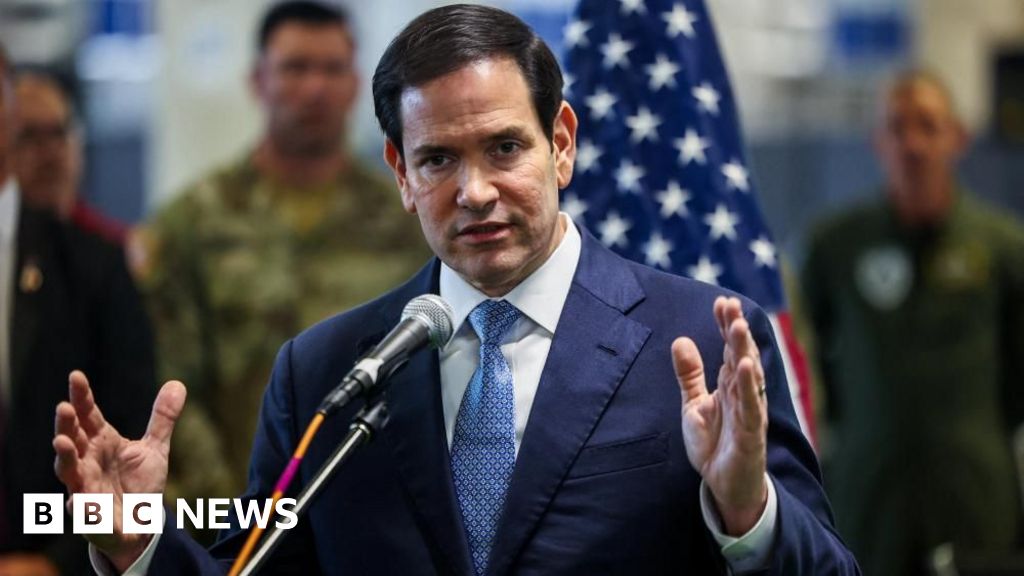This request seems a bit unusual, so we need to confirm that you’re human. Please press and hold the button until it turns completely green. Thank you for your cooperation!
Author: admin
-
Just a moment…
Just a moment… -

Rubio says lots of countries willing to join security force
US Secretary of State Marco Rubio has said “a lot of countries” have offered to be part of an international security force for Gaza – a key part of President Donald Trump’s peace plan – but added Israel would have to be comfortable with…
Continue Reading
-

National Geographic Explorer Rena Effendi’s Film, Searching for Satyrus, Set for North American Premiere at Austin Film Festival
AUSTIN, TEXAS — National Geographic Explorer and filmmaker Rena Effendi’s new documentary feature, Searching for Satyrus, will have its North American premiere at the Austin Film Festival with two screenings:
- Saturday, October 25 | 6:30pm – 8:30…
Continue Reading
-

Join Us in Celebrating Leo Messi on Friday with a Special Prematch Presentation of the 2025 MLS Golden Boot presented by Audi
Fans are Encouraged to Arrive Early Ahead of the Club’s First Round One Playoff Match
This Friday, Oct. 24, be part of a special night at Chase Stadium as Inter Miami CF plays the Club’s first…
Continue Reading
-
Just a moment…
Just a moment… This request seems a bit unusual, so we need to confirm that you’re human. Please press and hold the button until it turns completely green. Thank you for your cooperation!
Continue Reading
-

The Invincible Woman Makes Her Malicious Arrival in ‘Fantastic Four’ #6
Get ready to face the malice of the Invincible Woman!
In their acclaimed FANTASTIC FOUR (2025) run, Ryan North and Humberto Ramos present Marvel’s First Family with sci-fi problems they must work together to solve, from Doctor Doom’s time…
Continue Reading
-
Access Restricted
Access Restricted
Continue Reading
-

Virtual Scientists Rival Experts in Solving Challenges
Engineers at Duke University have constructed a group of AI bots that together can solve complex design problems nearly as well as a fully trained scientist. The results, the researchers say, show how AI might soon automate straightforward…
Continue Reading
-
Sri Lanka and Pakistan share spoils in washed out World Cup clash – France 24
- Sri Lanka and Pakistan share spoils in washed out World Cup clash France 24
- Pakistan sign off without win as rain washes out game in Colombo ESPNcricinfo
- Women’s Cricket World Cup 2025 results: Sri Lanka’s final group game against Pakistan…
Continue Reading
